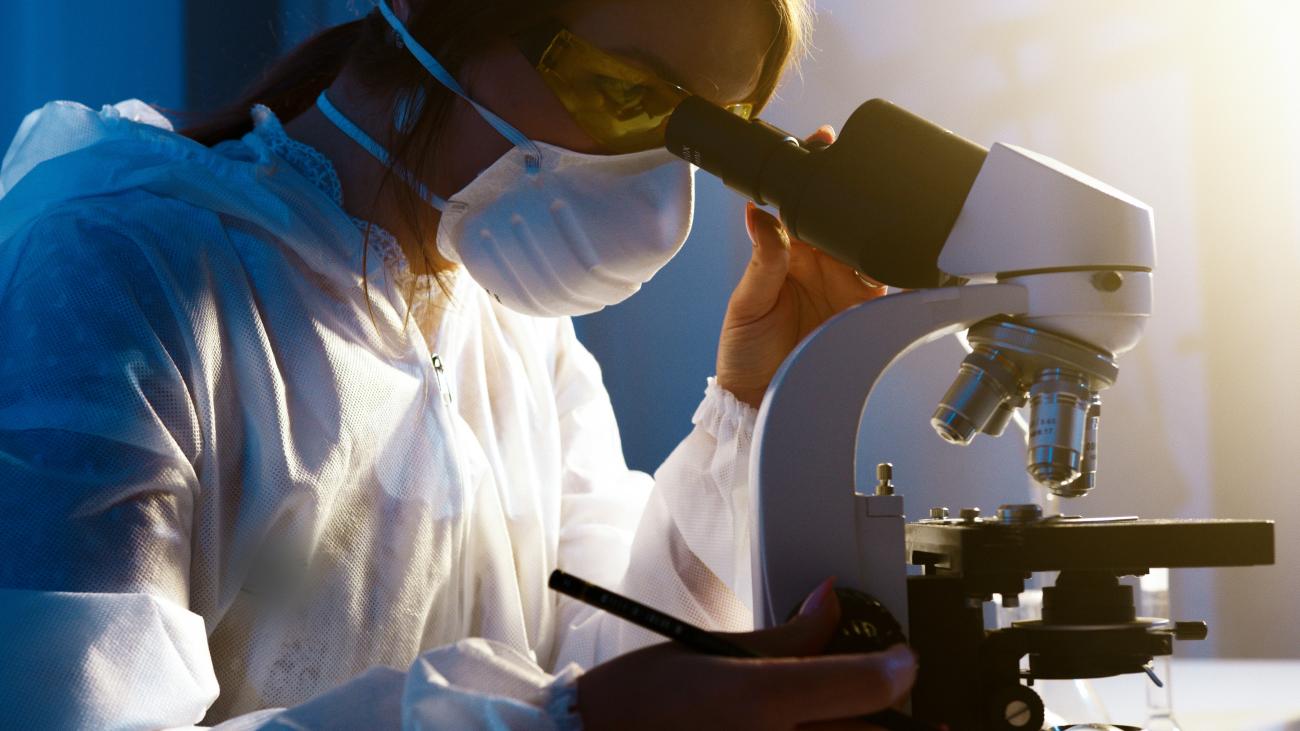Database providing access to the High Technology Network's industrial research offering: research competences, type of analyses and tests available at the Laboratories. Companies can consult the Catalogue to find Laboratories and researchers that match their needs.
Competence
Analysis of the physical, rheological, chemical, microbial, and sensorial properties during storage
Analytical tests for shelf-life characterization
Biomarker identification to assess the effects of bioactive components in humans
Carbon-based materials (graphene oxides, TPG, etc.)
Ceramic materials (oxides, nitrides, carbides, etc.)
Ceramic matrix composites and nanocomposites
Corrosion: protection and inhibition
Cosmetics
Definition of product specifications and analytical methods of verification
Design of experiment (DoE) and Food Design to study interaction between formulation and process conditions
Effects of industrial processes on the nutritional qualities of foods
Elastomers
Evaluation of dietary habits of the population in order to identify risk behaviours and prevention strategies
Evaluation of the interactions between food matrix and bioactive components
Evaluation of the organoleptic characteristics of food bioactive components and related food
Evaluation of the physical, chemical, and microbial characteristics of products
Experimental studies of formulations and processes: use of bioactive components from out-streams or by-products
Extraction of bioactive components from food waste (polyphenols, omega3 and omega6 fatty acids)
Functional compounds characterization from raw materials, ingredients, food and food industry left-overs
Glass and glass-ceramic materials
Human studies for the validation of nutritional/health claims (including analysis of biological samples and statistical analysis of the results)
Improvement of process efficiency for saving direct and indirect costs
Input-output correlations to assess operational parameters
Lab trails and scale-up to pilot plants of experimental production diagrams; check of the physical, chemical and sensorial characteristics
Magnetic materials both bulk and nano
Magnetorheological fluids
Market survey and consumer trends towards functional foods
Materials of natural origin and derived (wood, paper, cellulose, fibers, etc.)
Materials with self-diagnostic and self-healing properties
Mathematical modelling for product/process optimization
Metal matrix composites and nanocomposites
Metals: ferrous alloys (steel, cast iron)
Metals: non-ferrous alloys (aluminum, copper, nickel, titanium, magnesium, etc.)
Micro-nano materials functionalized
Microbial kinetics during food storage
Monitoring of chemical, physical, and biochemical characteristics (enzymatic activity and kinetics) during storage
Nanomaterials (filler, graphene, etc.)
Non-conventional thermal and non-thermal technologies for product stabilization, extraction, and conservation
Numerical simulation to define process-product interaction
On-line product control feasibility for process optimization

